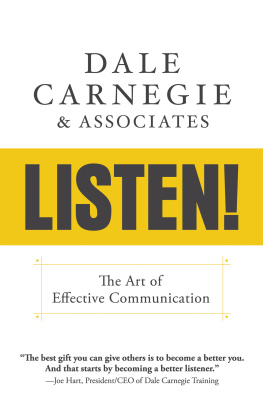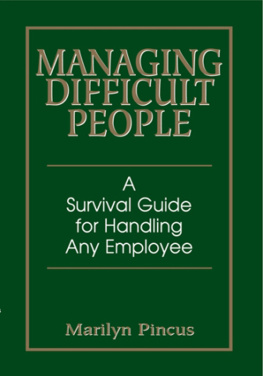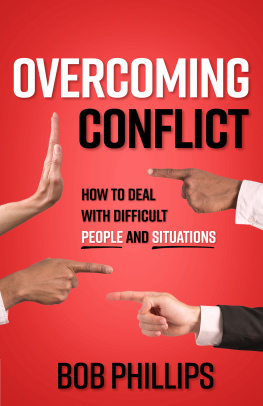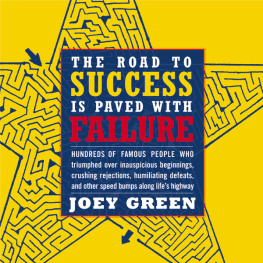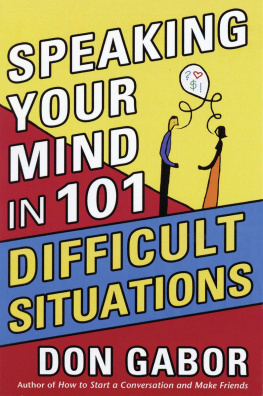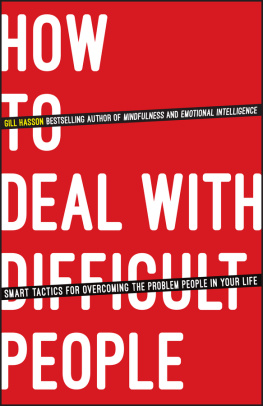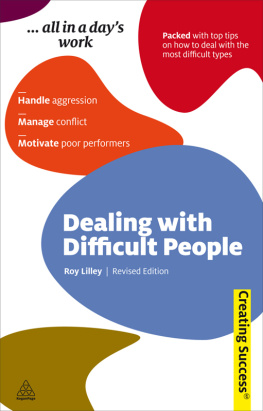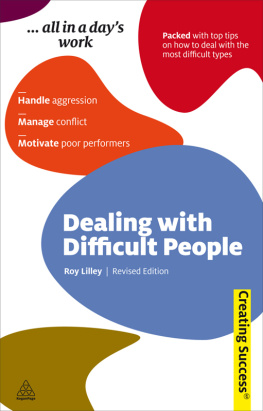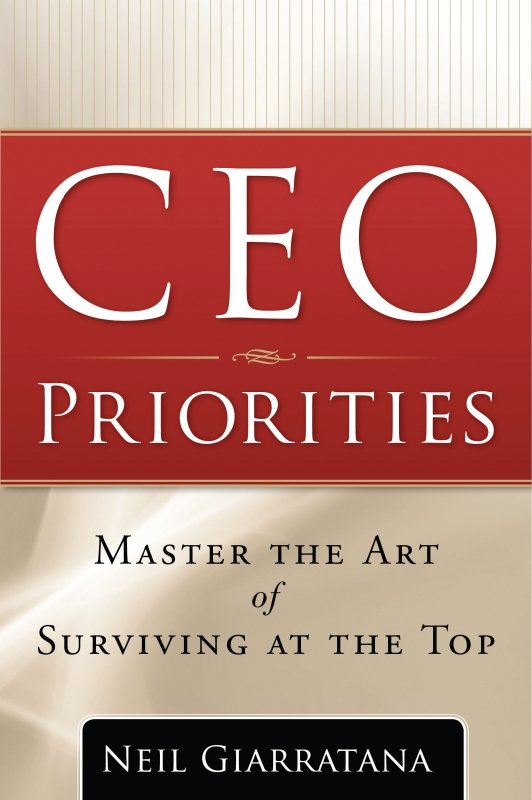
Table of Contents
PRAISE FOR CEO PRIORITIES
A truly unique book on business leadership because it addresses the critical, practical, and behavioral issues you will face as a leader which are not part of any business theory, model, book, or journal nor covered in leading M.B.A. programs.
Fred Steingraber, chairman and chief executive officer
emeritus of A.T. Kearney
Over the past 25 years we have worked with more than 70 CEOs in our portfolio companies. CEO Priorities is a must read for anyone who has reached this challenging position or aspires to it. Neils book provides practical strategies and insights on how to deal with the toughest challenges that face a CEO. This is the first time in our history that we have recommended any book on management.
Vincent M. Occhipinti, founding partner and
managing director of Woodside Fund
Neils principles and examples portray repeatedly an old law of leadership physics; that we often select leaders for what they know, when their success or failure depends far more on who they are.
Stephen P. Mader, vice chairman and managing director,
Board Services Practice, Korn/Ferry International
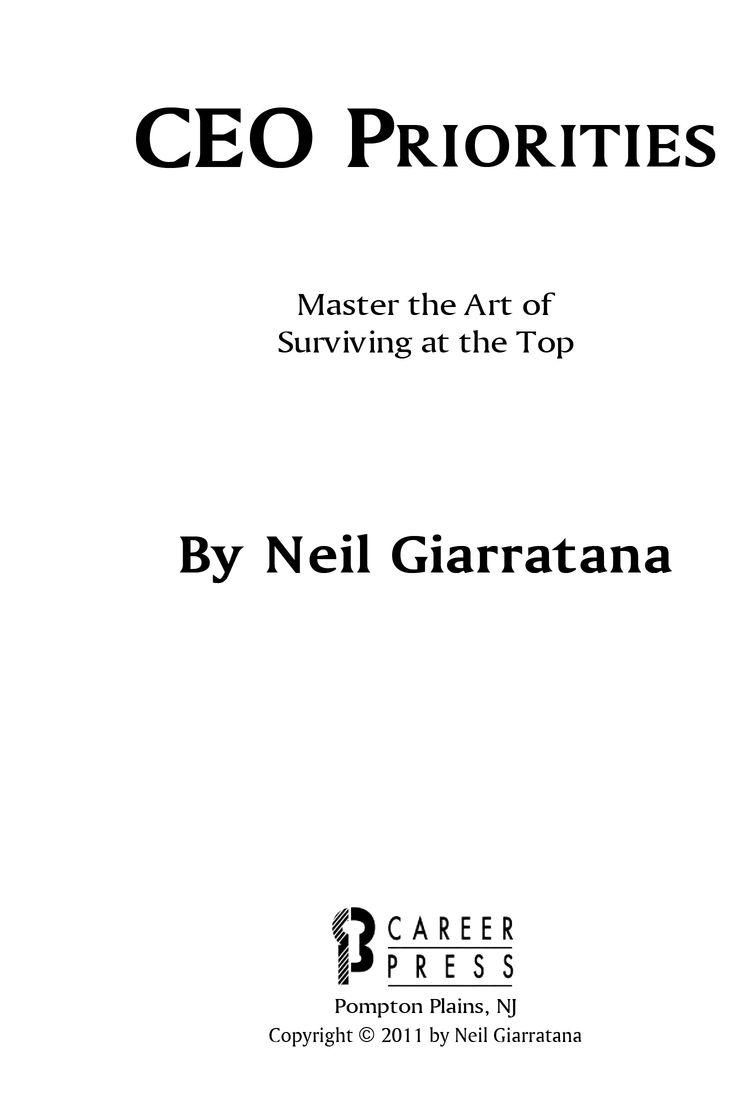
For my wife, Gabi, who once again showed that love isnt just a word.
Most books do not get written without there being a form of shadow cabinet behind them; those persons who, over the many months or even years, have worked with the author in discussing with him or her the contents of the book, as well as critiquing the many drafts produced during the writing period. CEO Priorities certainly belongs in this category.
I am grateful to many people who accompanied me on the long journey: Checka Gardner, John Murphy, Jim Drury, Dieter Rickert, Gerry Goldsholle, Alan Webber, Jeff Davault, Bob Swieczkowski, Woody Howse, Dawn Miller, and Miriam Goldberg, who, in addition, kept the engines running on occasion with her fantastic cooking skills. Their words of encouragement, their interest, and, at times, their critical comments, contributed to keeping the writing focused and the points succinct. Others whom I have known and observed from a safe distance managing their own companies, and who provided some of the material for this book shall remain unnamed, primarily because I didnt particularly care for the manner in which they approached their leadership and management responsibilities.
A special word of thanks goes to those executives, Alan Hassenfeld, Steve Kaufman, Steve Mader, Vince Occhipinti, and Fred Steingraber, who, in spite of their heavy business schedules and many responsibilities, gave me so much of their time and shared their wisdom by reading what I had written and by discussing with me in such a professional and high-level fashion the contents of this book. I am particularly grateful to them for endorsing CEO Priorities, its goals, and its contents.
Two people who encouraged me to write very early on were Betsy Burroughs of San Francisco, an author in her own right, and Tom Cafcas, my lawyer of many years. Their guidance and encouragement had a positive impact on my proceeding with the writing of the book.
There are two other people who deserve a particular and special mention for their contribution: my very good friend, Peter Gerber, whom I have known for over 47 years, who, through his own business experience, was always available for a discussion on the one or other point of the book, and who supported my telling it like it is. And my sister, Patricia Royster, who tirelessly, and for many months, read and reread the manuscript of the book, whose insights and questions concerning the material never ceased to hit the mark, and also whose love of the English language enabled her to teach her brother when he was writing not to split repeatedly his infinitives (here was a good opportunity to do so again!).
A special word of appreciation and thanks to the people at Career Press who had confidence in the book and its message: Kirstin Dalley, Nicole DeFelice, Gina Hoogerhyde, Laurie Kelly-Pye, Michael Pye, and Adam Schwartz. All of them worked in such a professional and impressive manner in moving the submitted manuscript to a finished product and in marketing the message contained therein to the broad book market.
When I started my search for an agent to represent me, I had no idea that I would one day have the distinct pleasure of collaborating with Maryann Karinch of the Rudy Agency, domiciled in beautiful Estes Park in Colorado, who not only guided me through all the necessary and formal steps of writing and having a book published, but also edited this book in such a brilliant fashion. I owe her my deepest gratitude for her professionalism, her patience, her support, and her work. A class act.
And finally, a deep bow in the direction of my wife and my daughters, all of whom spent months tiptoeing around all of the things that needed to be done in the house and elsewhere to give me adequate time to write. And who never tired of asking Are you finally finished writing your book? Yes, I can tell them, now I am.
INTRODUCTION
Wanting to succeed as a CEO is a worthy goal, but to achieve it, you first have to hold on to the job. In 2010, the average tenure of a CEO in the United States is fewer than five years. Contrast that with the late 1990s, when the average tenure of a sitting CEO was more than nine years. While retirement and job changes to another company will always impact this statistic, it is clear that the CEO today lives in a far more complex world with only two givensuncertainty and change. The discontinuity associated with frequent leadership changes ultimately impairs the ability of an organization to execute a sustainable, winning strategy. Look at the Fortune 500 listing during almost any 20-year period of time, and 40 percent of the companies have not survived as free-standing, independent entities.
The goal of this book is to take you into the real world of CEO survival and to show you ways to avoid or overcome many dangerous pitfalls. You can increase your chances for success as a CEO and your tenure well beyond the current CEO survival average.
Having street smarts means you can survive on the street, regardless of fierce challenges. What I hope this book will help you develop are your business smarts. It is often the simplest of issues that hinder leaders in effectively executing their best intentions. These simple problems are not only numerous, their causes are often so well-hidden that the problems have done their damage before you are even aware they exist.
As a result, this is not an academic book on business plans, processes, procedures, or the latest and greatest business models. This is a collection of been-there, done-that insights from a CEO. I designed it as a guide for new and current leaders on how to avoid many of the hidden landmines while putting a strong organization and executing a winning business strategy into place.
Chapter 1
TAKINGANYROAD WILL NOT GET YOU THERE
Four critical areas of responsibility take on a character of urgency and practical value when you become the chief executive of a company. These include the establishment of core values, mission statement, a forward strategy, and expression of a vision for the company. If you want to become a successful CEO, you will need to gain not only a mastery of these components, but also communicate their contents effectively to the companys key constituencies, that is, shareholders, board, employees, customers, and vendors. I am going to take you straight to them and talk about some of their most important facets in the cold terms of daily corporate operations.
Next page

